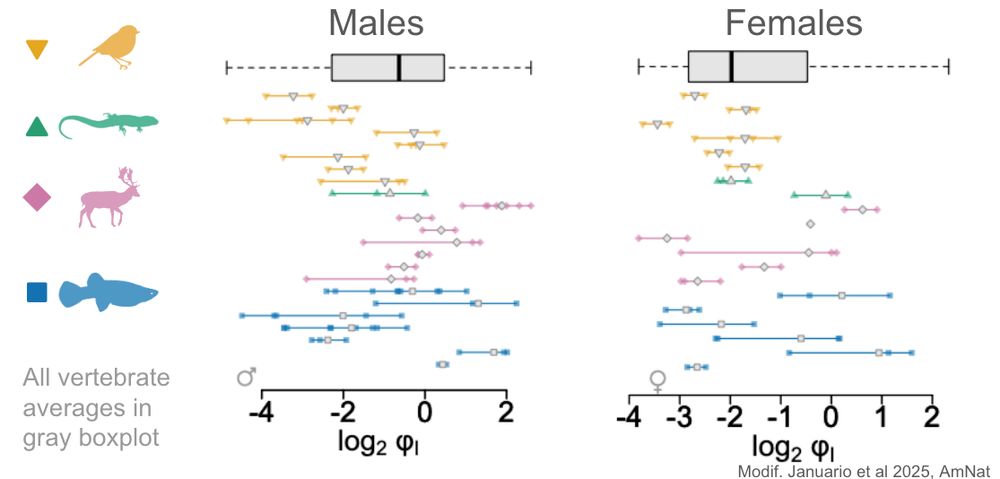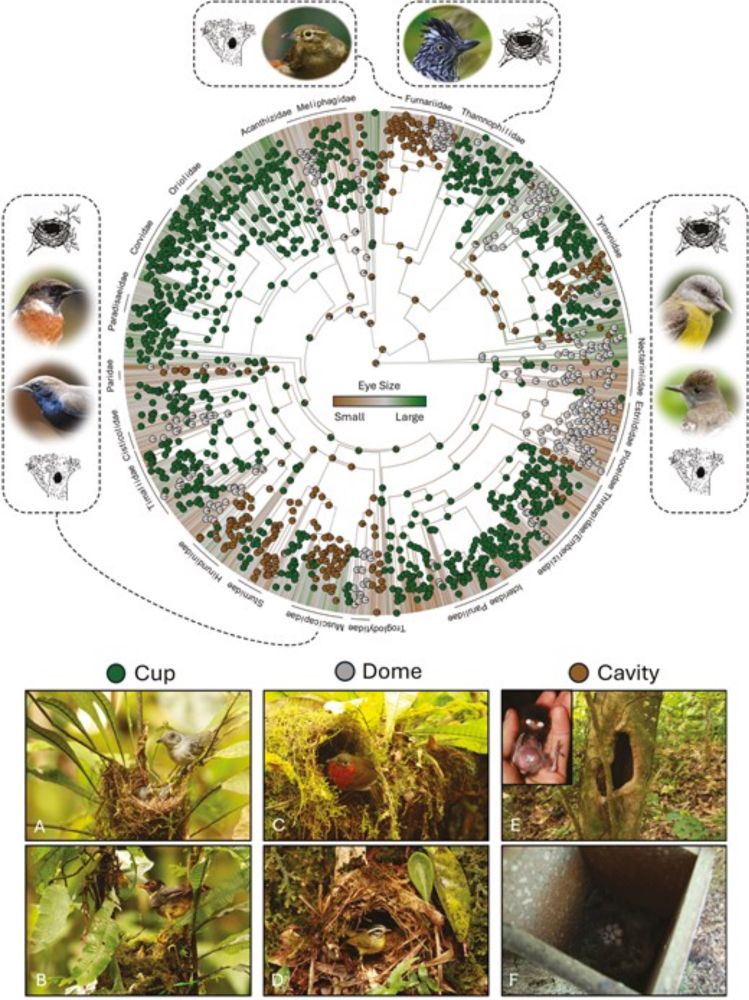Till Selection Do Us Part? Testing Sexual Selection’s Role in Speciation
Matheus Januario, Renato C. Macedo-Rego, and Daniel L. Rabosky: Read the article
Januario et al. found no correlation between sexual selection intensity & speciation rates or proxy traits (SSD and dichromatism). Because sexual selection intensity has high intraspecific variation and low phylogenetic signal, its macroevolutionary impacts are weak Who among us hasn’t mistaken a seal for a sea lion? It’s no wonder the two share a common ancestor. This raises a fundamental question in evolutionary biology: what drives the formation of new species? One long-standing hypothesis suggests that sexual selection, where phenotypic traits evolve due to the dynamics of eager males and elusive females, can accelerate speciation by promoting trait divergence and reproductive isolation.
To test this idea, researchers have traditionally relied on indirect proxies, such as sex-specific differences in body size (sexual size dimorphism) or coloration (sexual dichromatism), assuming these traits reflect the strength of sexual selection. However, characteristics like size and coloration can also be shaped by natural selection, and recent studies suggest they do not reliably correlate with direct measures of sexual selection. Moreover, sexual selection may not always produce obvious physical differences. If these proxies are unreliable, does the assumed link between sexual selection and speciation still hold?
A new study by Matheus Januario and colleagues tackles this question by directly measuring the opportunity for sexual selection (a statistical estimate of how unevenly reproductive success is distributed among individuals) across 82 vertebrate species. Crucially, they asked whether the strength of sexual selection observed in contemporary populations has any predictive power for speciation rates across deep evolutionary timescales.
The results were surprising: despite long-standing assumptions, species experiencing stronger sexual selection in the present do not consistently diversify at faster rates over millions of years. These findings help explain why studies using trait-based proxies have yielded conflicting results. Another key discovery is that sexual selection is highly evolutionarily labile, fluctuating dramatically not just between species, but even within populations over time.
This mismatch across timescales, between the short-term dynamism of sexual selection and the long-term patterns of speciation, lies at the heart of the study. These results offer a new perspective on a long-standing paradox: while sexual selection can drive divergence and reproductive isolation in the near term, its variability may limit it from leaving a lasting macroevolutionary imprint on biodiversity.
If sexual selection is so evolutionarily unpredictable, how much influence does it really have on shaping biodiversity over time? This study suggests that while it may spark short-term evolutionary fireworks, its role in the slow burn of speciation may be more fleeting than foundational.
Pooja Radhakrishnan recently completed her PhD in Ethology at the Laboratoire d'Ethologie Expérimentale et Comparée, Université Sorbonne Paris Nord, where she explored the fascinating world of sex-changing worms. With a Bachelor's Degree in Hotel Management, her late-onset career in science was inspired by a popular science book, which sparked her love for making research more accessible. When she’s not second-guessing every sentence in her manuscript, Pooja enjoys photographing wildlife, taking long bus rides through countryside landscapes, exploring local museums, and of course, French butter.





















